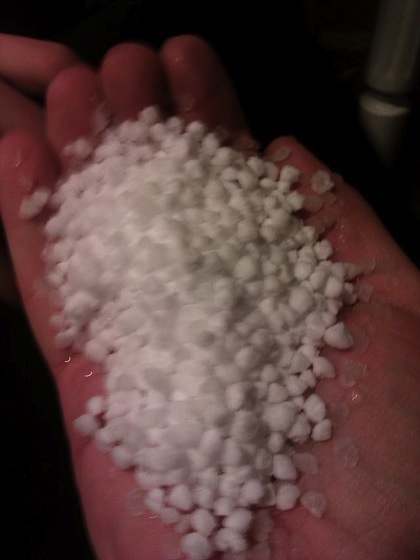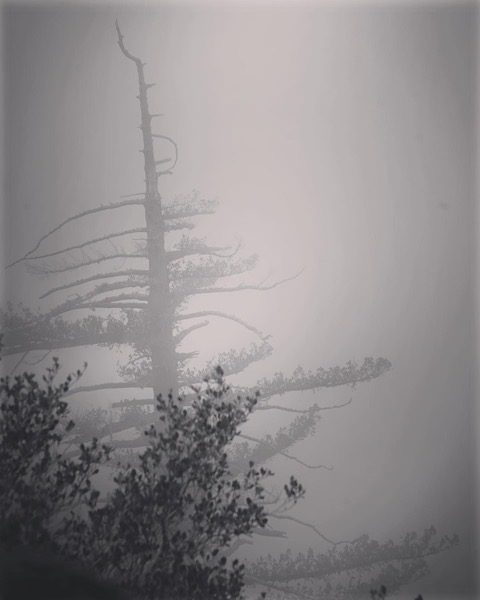It doesn’t matter how old you get, there is always something new to learn. Sometimes these new things are words or concepts you have heard all your life, but perhaps you never understood. Learn Something New is a series that will highlight some of the things I learn, big and small in the coming days. — Douglas
Graupel – pellet-shaped snow
Although I grew up in Northern Ohio, where snow is a normal part of winter each year — and I have seen snow like this many times — I never knew that there was a specific name for it. Preceding a cold Winter storm here in Los Angeles, I saw mention of graupel as the official scientific name for what we always just called pellet snow. So, once again, I learned something new without even trying. Here is some more information on graupel for the meteorologically inclined. (LAUGH) Once other interesting fact I found was that, due to the shape of the pellets, they can lead to avalanche danger, as they have the same properties as ball bearing when a layer of heavier snow falls on top of a layer of graupel.

Graupel from Wikipedia
Graupel (German pronunciation: [ˈɡʁaʊpɛl]; English /ˈɡraʊpəl/, also called soft hail or snow pellets)[1] is precipitation that forms when supercooled droplets of water are collected and freeze on a falling snowflake, forming a 2–5 mm (0.079–0.197 in) ball of rime. The term graupel comes from the German language.
Graupel is distinct from hail, small hail and ice pellets: the World Meteorological Organization defines small hail as snow pellets encapsulated by ice, a precipitation halfway between graupel and hail.[2] The METAR code for graupel is GS.
Under some atmospheric conditions,[which?] snow crystals may encounter supercooled water droplets. These droplets, which have a diameter of about 10 µm (0.00039 in), can exist in the liquid state at temperatures as low as −40 °C (−40 °F), far below the normal freezing point. Contact between a snow crystal and the supercooled droplets results in freezing of the liquid droplets onto the surface of the crystal. This process of crystal growth is known as accretion. Crystals that exhibit frozen droplets on their surfaces are referred to as rimed. When this process continues so that the shape of the original snow crystal is no longer identifiable, the resulting crystal is referred to as graupel.[3] Graupel was formerly referred to by meteorologists as soft hail. However, graupel is easily distinguishable from hail in both the shape and strength of the pellet and the circumstances in which it falls. Ice from hail is formed in hard, relatively uniform layers and usually falls only during thunderstorms. Graupel forms fragile, oblong shapes and falls in place of typical snowflakes in wintry mix situations, often in concert with ice pellets. Graupel is also fragile enough that it will typically fall apart when touched.[4] — Wikipedia
More information on Graupel:




